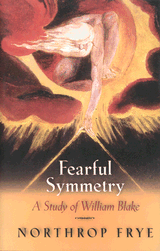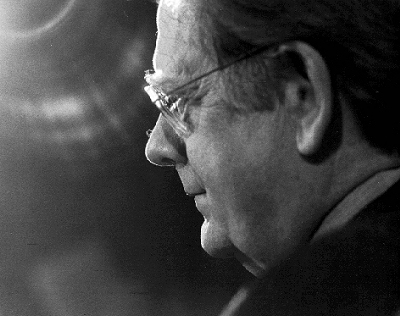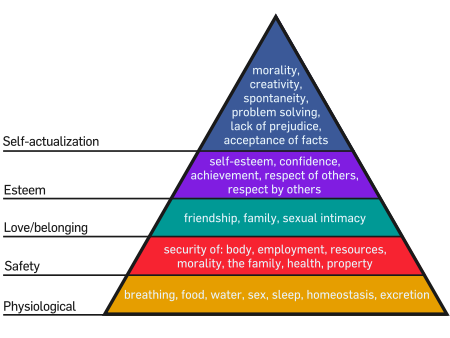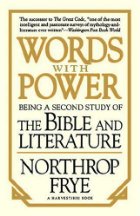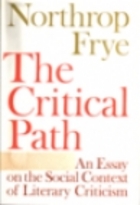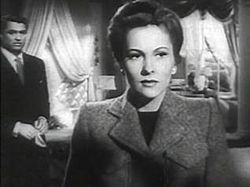Clayton Chrusch has generously provided us with a lucid summary of the first five chapters of Fearful Symmetry; hopefully, a complete summary of the book is in the offing. We begin today with chapter one, and will make a weekly posting of each of the next four chapters.
Fearful Symmetry Chapter One: The Case against Locke
“The world we desire is more real than the world we passively accept.”
1. Blake wanted his poetry to be understood.
Frye’s project is to produce a commentary on William Blake’s poetry and thought. Partly this means placing Blake in his context: Blake is original, but he is emphatically part of a tradition, and it is important to set out what that tradition is. This also means placing the emphasis where Blake himself spent most of his creative effort: Blake is known for his short lyrics, but his long, difficult poems called “prophecies” form the largest part of his work, and Frye thus focuses on them. Though the prophetic works are difficult, Blake did not make them deliberately obscure. On the contrary, he wanted them to be understood. Energetic, determined readers will be able to understand these poems and will be richly rewarded.
Blake was a poet, and his poems should be treated as poetry and not as a veiled form of something else. Blake is a visionary, not a mystic or occultist. Blake parts ways with mystics in his belief in the power of words, a power that is not just expressive but also creative. He parts ways with occultists in his rejection of mystery. Positively speaking, a visionary like Blake perceives this world “with a new intensity of symbolism.” Blake was an artist first, before any spiritual commitments, and he pragmatically and irreverently used the spiritual world as a source of energy and material. Nevertheless Blake was a Christian and his views develop out of his Christianity.
2. Learning to read poetry means learning the language of poetry.
Blake adopted the Elizabethan view that the greatest poetry is allegorical. This allegory must be “addressed to the Intellectual powers” rather than “the Corporeal Understanding.” The corporeal understanding is understanding that is merely an explanation. If a poem means no more than its explanation, then it should have been written as an explanation in the first place. The “Intellectual powers,” on the other hand, refer to the acquired discipline of reading poetry as poetry. This discipline is founded on the principle that a poem is an imaginative unit. Learning this discipline means learning the language of poetry so that poetry no longer has to be translated into an explanation in order to be understood. Blake can teach us this language because he makes a corporeal understanding of his poems very difficult. But once we learn this poetic language, we will experience much greater pleasure in reading literature.
Frye also brings up Blake’s supposed madness. Madness must be understood as a “sterile, chaotic, and socially useless deviation from normal behavior.” In this sense, a creative genius like Blake is immeasurably saner than a commonplace mind.
3. Blake was a consistent thinker.
Blake was extremely consistent in his principles, and believed strongly in “obstinacy in maintaining what he believed to be true.” Not only was he consistent but he went to great pains to engrave and illustrate a carefully selected subset of his poems. These then should be considered as an official and unified canon in which we can expect to find a common structure of ideas. Blake set these ideas out very early in two series of aphorisms: All Religions Are One and There is No Natural Religion. These aphorisms deal largely with Blake’s theory of knowledge, and so the rest of this chapter will attempt to explain this theory–Blake’s epistemology.
